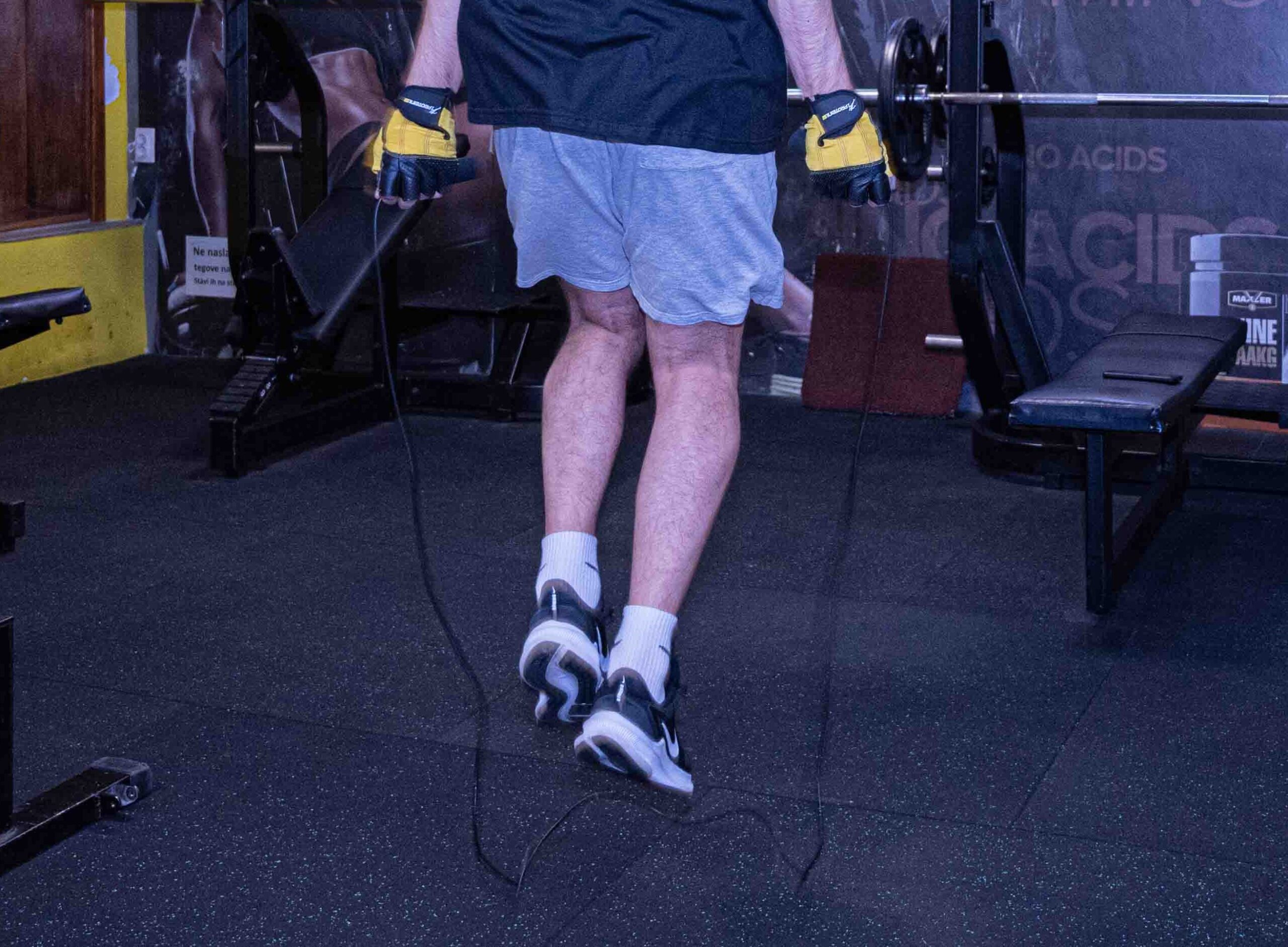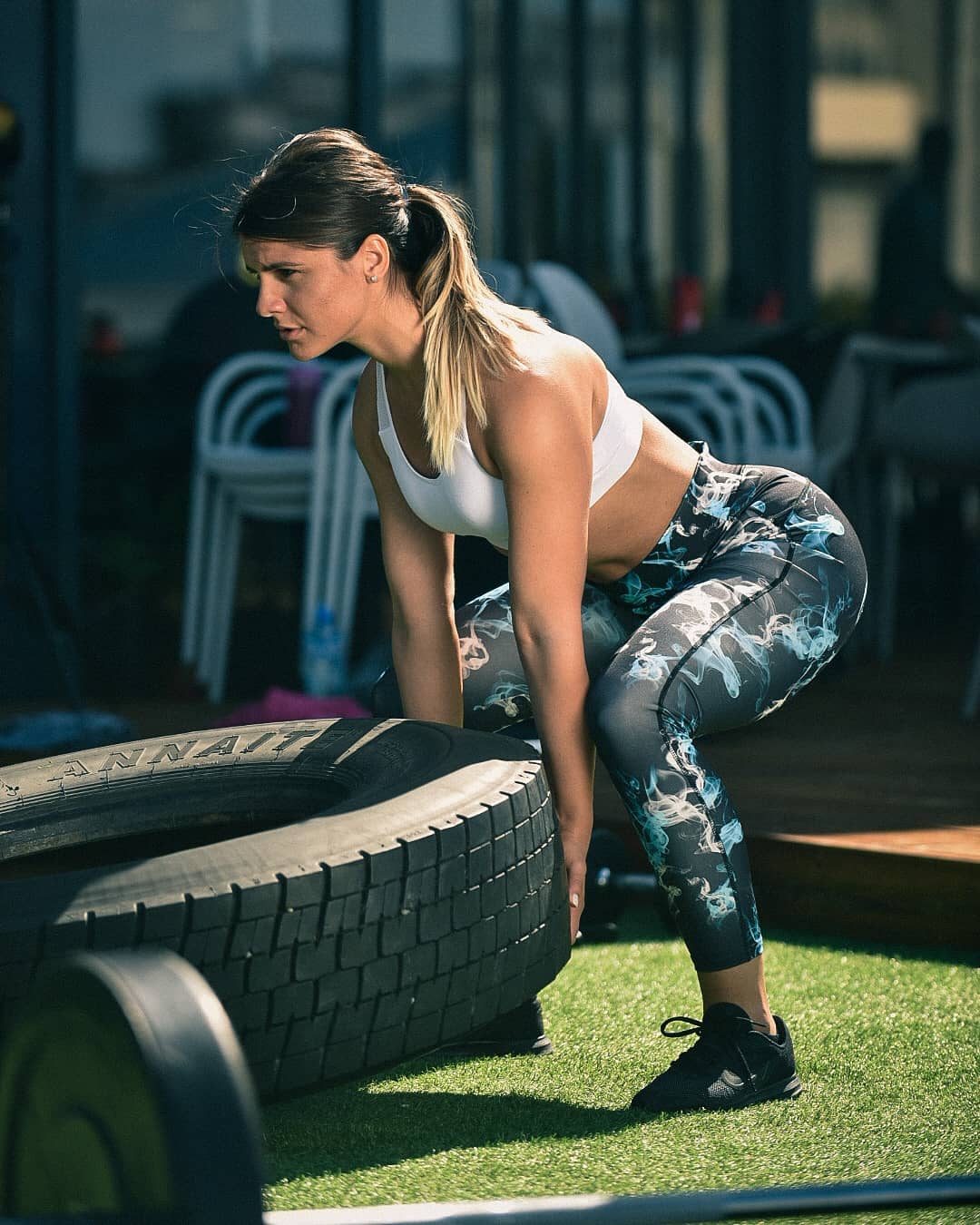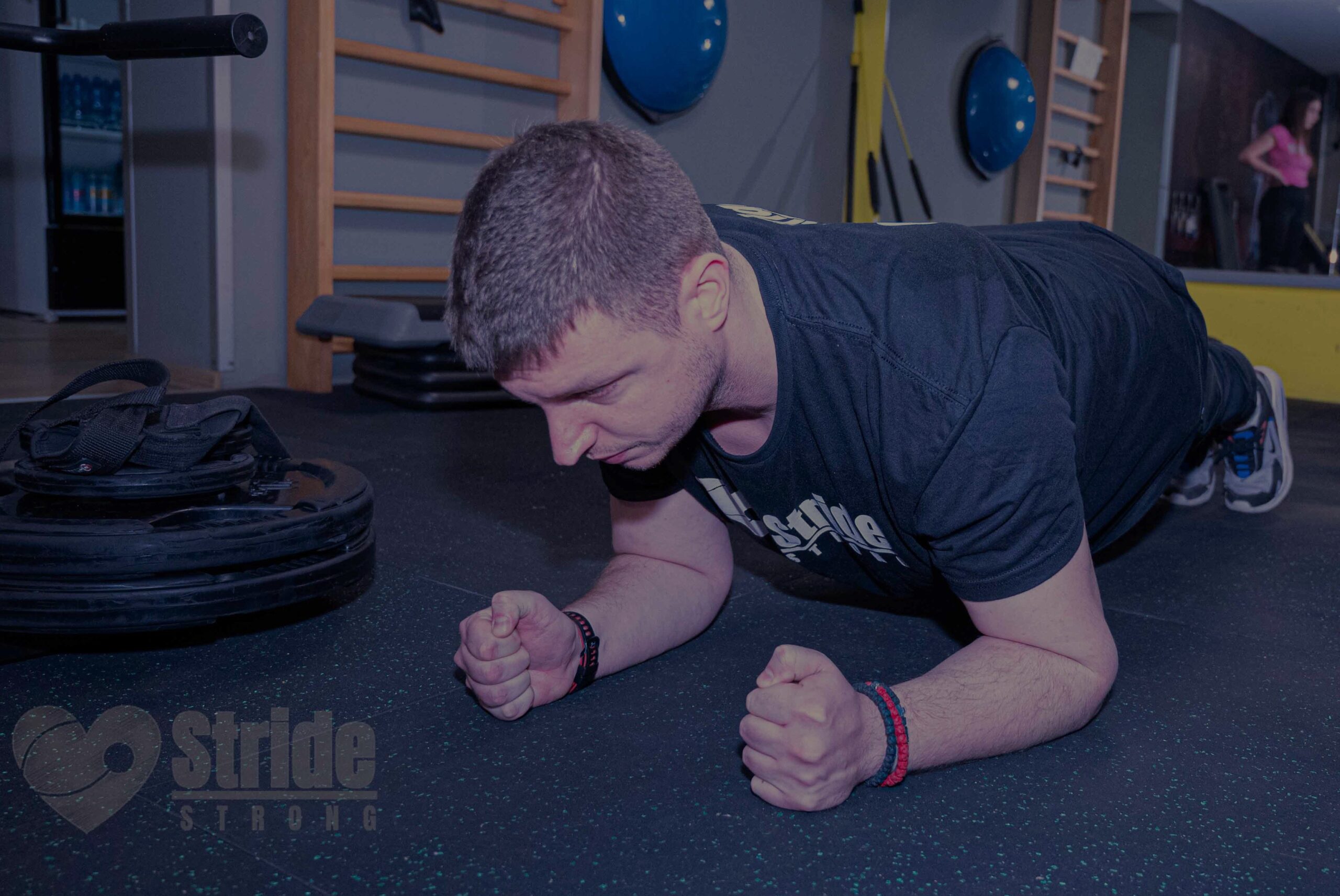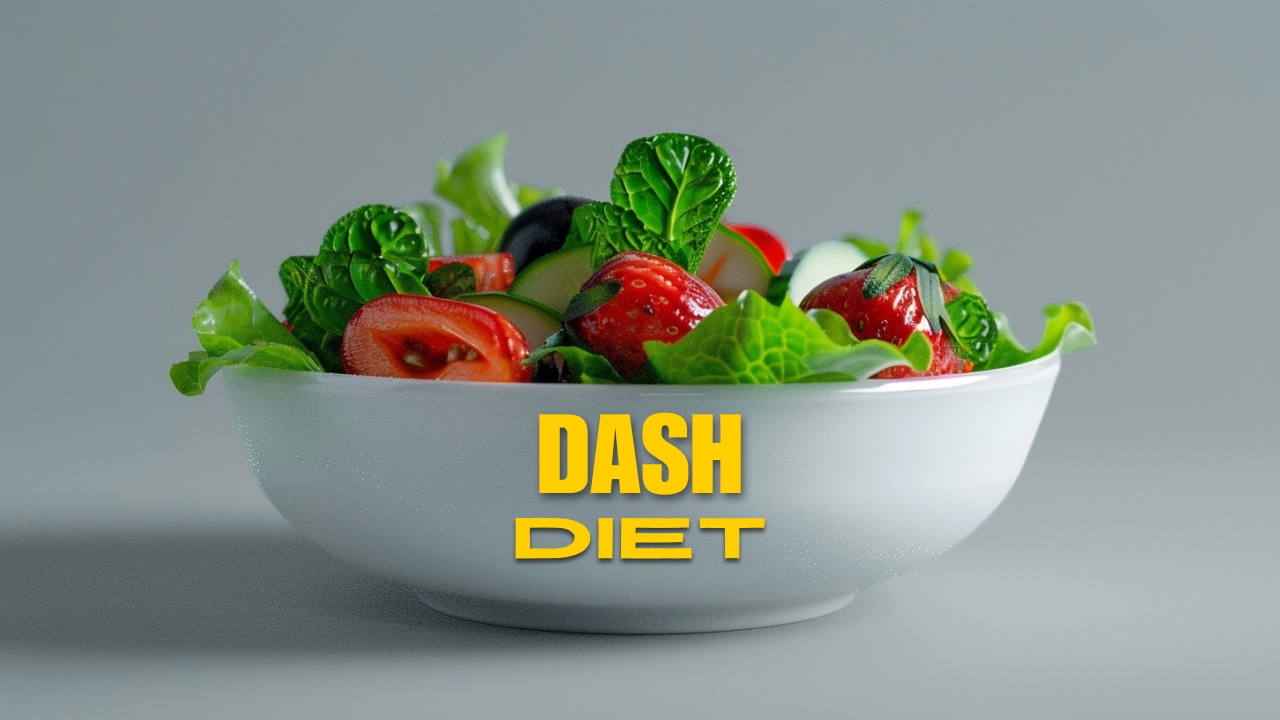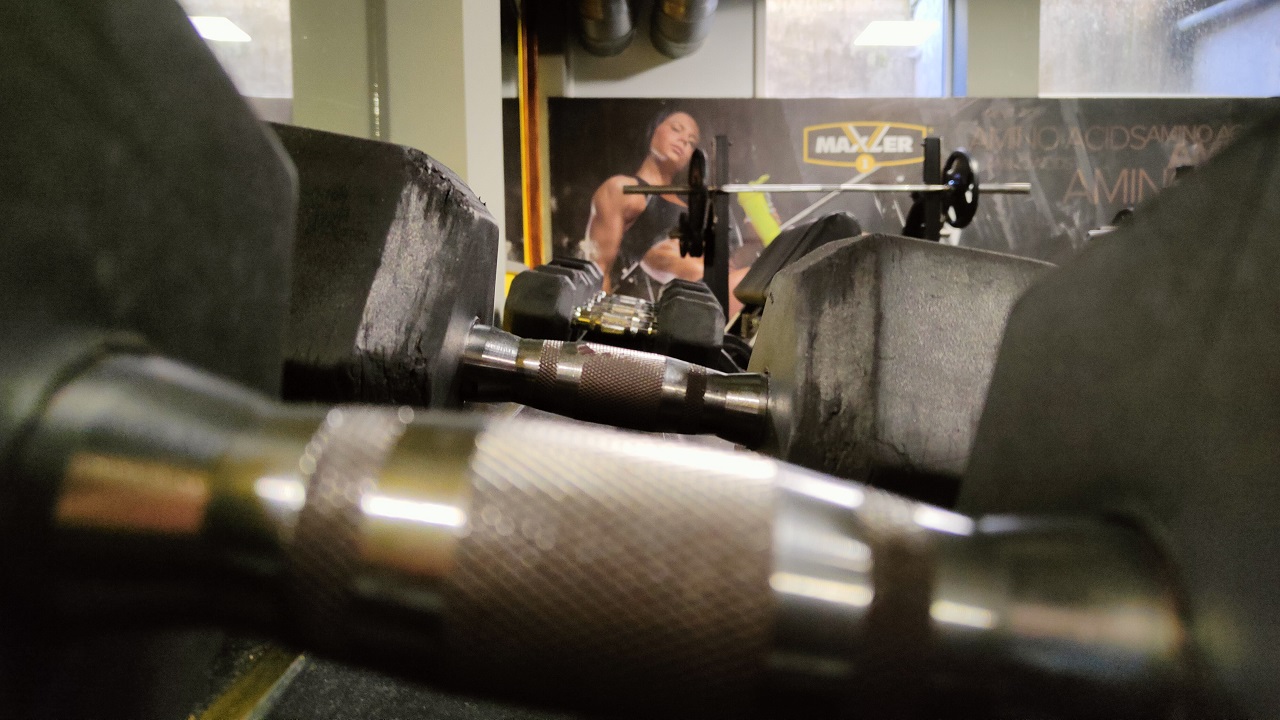As someone who’s always on the lookout for effective and enjoyable ways to stay fit, I’ve often found myself caught in the debate between jumping rope and running. Both are excellent cardiovascular workouts, but they come with their own set of benefits and challenges.
I’ll discuss my experiences with both exercises, compare their impact on my fitness journey, and help you decide which might be the best fit for your lifestyle.
Ultimately, I will make a case for both.
So, grab your sneakers and rope, and let’s explore this.
What are the Health Benefits?
A report by Nutrients states that jump roping is an effective cardiovascular workout that improves heart health, enhances lung capacity, and boosts overall endurance.[1]
I found that rope jumping is great for increasing agility, coordination, and balance. This exercise also aided me numerous times in weight loss and muscle toning, especially in the legs, arms, and core.
Running is an activity mostly praised for its cardiovascular benefits, significantly improving heart health and lung function. It’s a weight-bearing exercise, which means it helps build and maintain bone density, particularly in the hips, spine, and legs.
We can see that J Am Coll Cardiol. report, authored by several prominent medical professionals: “Running, even 5-10 minutes per day and slow speeds <6 mph, is associated with markedly reduced risks of death from all causes and cardiovascular disease.”[2]
I always go for runs when I need to lose some weight. With a focus on the lower body, including the legs and core, it’s evident that running can also benefit muscle growth. I found that running is also great for stress relief and the release of endorphins, as I always come back from training with an improved mood.
Calorie Burn
Jump rope is a high-intensity workout that can burn a significant number of calories in a short period. The actual calorie burn depends on how hard you work and, of course, your weight. On average, jumping rope can burn approximately 10-20 calories per minute.[3]
The calorie burn from running varies based on pace, distance, and the runner’s weight. On average, running at a moderate pace can burn about 10-12 calories per minute. Long-distance running or running at a faster pace can increase this calorie expenditure.
Impact on Joints
Jump roping is a high-impact exercise, meaning it can be tough on the joints, particularly the knees, ankles, and hips.
With proper technique and a suitable surface (like a wooden floor or an exercise mat), the impact can be reduced. It’s important for those with joint issues or injuries to approach jump rope with caution or seek alternative exercises.
During a period of my life when I had more than a few extra pounds, I resorted to rope jumping, but in a couple of weeks, my knees started to hurt. After a visit to my doctor, I realized that I have to resort to other types of activities before I start rope jumping and running, so I started riding a bike.
After I reduced weight, returning to jump rope was a breeze, completely ache-free.
Running is also a high-impact exercise, which can lead to joint stress, especially in the knees, hips, and ankles. Running on softer surfaces, like grass or a treadmill, and wearing appropriate running shoes can help minimize this impact.
Like jump roping, individuals with joint problems should be cautious and possibly consider lower-impact activities, same as I did.
Muscle Engagement
Jump roping engages multiple muscle groups simultaneously. It primarily works the calves, quadriceps, hamstrings, glutes, and core muscles.
The upper body, including the arms and shoulders, is also engaged in maintaining the rhythm and turning the rope. This full-body involvement makes jump roping an effective workout for overall muscle toning.
Running mainly targets the lower body muscles, including the quadriceps, hamstrings, calves, and glutes. The core muscles are also engaged to maintain stability and posture. Unlike jump roping, running does not involve as much upper-body muscle engagement. [4]
For those looking to further strengthen their lower body, particularly the quadriceps and glutes, I have a special exercise for them.
You can always try out some eccentric harmstring exercises to enhance the strenght of your lower body, like: [5]
- Prone Hamstring Curl
- Seated Theraband Hamstring Curl
- Exercise Ball (or Glider) Bridge with Curl
- Nordic Hamstring Curl
- Stiff-Legged Deadlift
- Single Leg Deadlift
They should try to incorporate dumbbell squats into their routine, which I found can offer significant benefits, such as enhancing the muscle-building effects of exercises like running.
Convenience
One of the biggest advantages of jump roping is its convenience. I can carry my jump rope anywhere, it’s inexpensive and can be used almost anywhere with enough space and a suitable surface. This makes it an ideal exercise for anyone who has limited time or access to a gym.
I, for one, love to carry it on my business trips, where I know I will not be active enough.
Running is equally convenient in terms of location, as it can be done outdoors in various settings or indoors on a treadmill. It requires more space than jump roping and may be less accessible during poor weather conditions or in areas without suitable running paths.
Again, this is another reason why I prefer jumping rope.
Skill Development and Learning Curve
Jump roping requires a certain level of skill and coordination, which can take time to develop.
Beginners may find it challenging to maintain rhythm and coordination initially.
But, with practice, these skills can be polished, leading to more effective and enjoyable workouts.
Running is a natural movement for most people, making it easier to start without a significant learning curve.
Mastering proper running form and building endurance can take time.
Runners also need to be aware of pacing, breathing techniques, and injury prevention strategies to enhance their running experience.
REFERENCES
- Tang Z, Ming Y, Wu M, Jing J, Xu S, Li H, Zhu Y. Effects of Caloric Restriction and Rope-Skipping Exercise on Cardiometabolic Health: A Pilot Randomized Controlled Trial in Young Adults. Nutrients. 2021 Sep 16;13(9):3222. doi: 10.3390/nu13093222. PMID: 34579097; PMCID: PMC8467906.
- Lee DC, Pate RR, Lavie CJ, Sui X, Church TS, Blair SN. Leisure-time running reduces all-cause and cardiovascular mortality risk. J Am Coll Cardiol. 2014 Aug 5;64(5):472-81. doi: 10.1016/j.jacc.2014.04.058. Erratum in: J Am Coll Cardiol. 2014 Oct 7;64(14):1537. PMID: 25082581; PMCID: PMC4131752.
- Aagaard, M. (2012). ROPE JUMPING FITNESS – The Complete Guide to Jump Rope Fitness. Aagaard. ISBN 978-87-92693-60-0. Available at: https://fitnesswellnessworld.com/wp-content/uploads/2012/07/rope-fitness-us.pdf
- Flandez, J., Gene-Morales, J., Juesas, A., Saez-Berlanga, Á., Miñana, I., & Colado, J.C. (2020). A systematic review on the muscular activation on the lower limbs with five different variations of the deadlift exercise. Journal of Human Sport and Exercise, 15(4proc), S1262-S1276. doi:https://doi.org/10.14198/jhse.2020.15.Proc4.27
- Miller, S. (n.d.). Eccentric hamstring exercises. Retrieved from https://www.suzannemillermd.com/pdf/eccentric-hamstring-exercises.pdf

